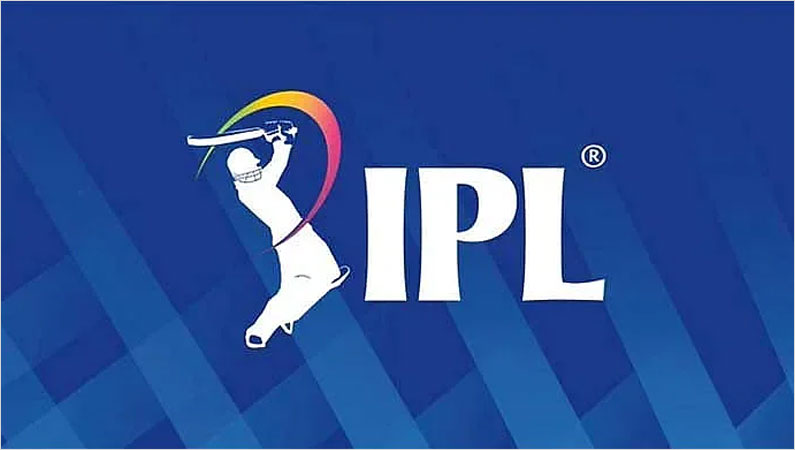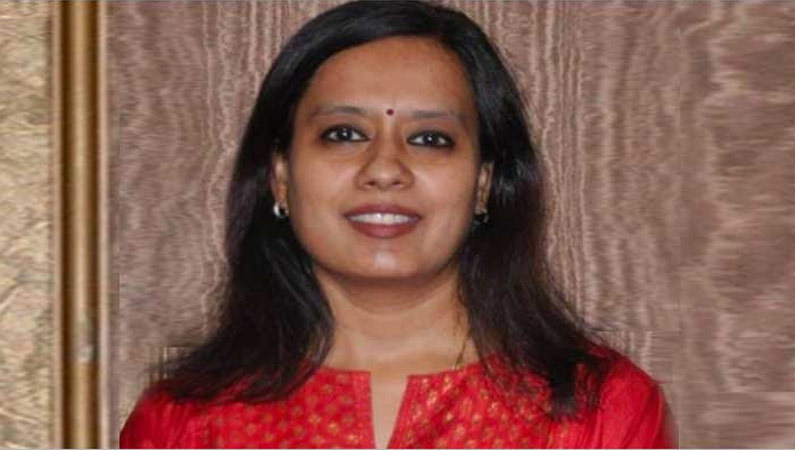Today, the mobile phone as a “personal screen” has pushed India to more than a trillion unique interactions with dramatically unique expressions
The recent times in India have witnessed a significant growth in media consumption which is said to be way faster than the US and China. If strategists are to be believed then we are only getting started, there is still ample headroom to grow as penetration and device proliferation increases. These trends will fundamentally change the way media houses of the future will look, along with multiple axis, including the content produced, relationships with advertisers and technology backbone and talent that drive the organization. In this report, we deep dive into the trends impacting this industry and what media houses, industry bodies and government need to do adjust to this evolving reality. Boston Consulting Group (BCG) and Confederation of Indian Industry (CII) unveiled the BCG-CII Report – ONE CONSUMER, MANY INTERACTIONS. Taking excerpts from the report, we underline howa media house of the future needs to adapt across key dimensions. The report throws light on all the Indian media industry beingstrongly disrupted in past years. This disruption is said to be a result of fundamental changes in terms of demographics and access in the country. The triggers include - growing affluence, higher electrification, a spurt in number of internet users, video-enabled devices and availability of high-speed internet. A TRILLION UNIQUE INTERACTIONS
Consumer expressions are exploding in line with choices. However the “what” changes dramatically. Content is still king and consumers choose long form vs short form, genres and content across screens with equal ease. Analysis of consumer smartphone panel data showed that at one end the small screen had increased the frequency of interactions manifold (ranging from 4-8 times a day per consumer), the average length for most of these sessions is only 3-5 minutes (vs. 2.5 to 3 hours for TV and 20-30 minutes for print).
Hence the total touch points with consumers – across screens - have gone up 10X. This presents the opportunity conundrum. Content creators and marketers need to re-imagine their portfolios to capitalize on the full spectrum
of these interactions.
INFLATION IN INDIA’S PER CAPITA MEDIA CONSUMPTION
Total media consumption per capita in India has been growing at 9% over the past 6 years. At 4.6 hours of media consumption per capita per day, vs. China at 6.4 hours per capita per day and the US at 11.8 hours per capita per day, there is still headroom for growth. Media consumption will continue to grow with growing affluence, higher electrification and rural penetration, higher literacy and greater device penetration.
“We believe this coexistence and multi-modal growth will continue in the foreseeable future. While there might be a slowdown of growth in traditional media, there is still a lot of headroom for growth given the penetration story is still playing out”, Mandeep Singh Kohli, Principal, The Boston Consulting Group.
A TRILLION UNIQUE INTERACTIONS
Consumer expressions are exploding in line with choices. However the “what” changes dramatically. Content is still king and consumers choose long form vs short form, genres and content across screens with equal ease. Analysis of consumer smartphone panel data showed that at one end the small screen had increased the frequency of interactions manifold (ranging from 4-8 times a day per consumer), the average length for most of these sessions is only 3-5 minutes (vs. 2.5 to 3 hours for TV and 20-30 minutes for print).
Hence the total touch points with consumers – across screens - have gone up 10X. This presents the opportunity conundrum. Content creators and marketers need to re-imagine their portfolios to capitalize on the full spectrum
of these interactions.
INFLATION IN INDIA’S PER CAPITA MEDIA CONSUMPTION
Total media consumption per capita in India has been growing at 9% over the past 6 years. At 4.6 hours of media consumption per capita per day, vs. China at 6.4 hours per capita per day and the US at 11.8 hours per capita per day, there is still headroom for growth. Media consumption will continue to grow with growing affluence, higher electrification and rural penetration, higher literacy and greater device penetration.
“We believe this coexistence and multi-modal growth will continue in the foreseeable future. While there might be a slowdown of growth in traditional media, there is still a lot of headroom for growth given the penetration story is still playing out”, Mandeep Singh Kohli, Principal, The Boston Consulting Group.
 MASSIVE INVESTMENTS IN CONTENT
Curated content is the key player these days which goes hand in hand with the viewer preferences. As a result, traditional players as well as digital natives are making significant investments to build their content pipeline. Players like Netflix invest aggressively to match 3x the investment made by top players like Amazon Prime and Hulu.
Even the Indian players are not letting any stone unturned in creating or curating content. Video players invested ~$4-5 Bn in 2017 which is 14% higher than their investment in 2016. Much of this investment is going behind “Hero” content which is 3-4X more expensive than traditional video. OTT players across the industry are investing heavily in originals. In 2018, Amazon had planned release of 18 new original shows including some exclusives. Even Netflix, has shifted its strategy towards investing in some Hindi/regional content with the launch of Sacred Games.
Players should now think about few imperatives given investment scenario:
• Rethink economic models as content becomes more expensive
• Getting consumers to discover your content given clutter in market
• Rethink strategy of what content works on OTT vs. TV.
THE UNIFIED CURRENCY CHALLENGE
Audiences, globally and in India, are traversing seamlessly across screens. Digital media has also
raised the bar on targeting much beyond the traditional axis of age, income proxies, city tier and gender. Measurement, however, has not kept pace. To stay consistent & unified in the promise to marketers, the industry needs a high-fidelity metric that provides de-duplicated audience measurement on content consumption across platforms.
This new-age vocabulary must also lend to behavioral data, going beyond demographic identifiers. This end state however remains elusive in light of widely varying perspectives with which stakeholders are entering the discussion. The gap on even something as basic as what constitutes a view is wide and open not just between digital and traditional media but also across multiple digital natives. For instance, some platforms count a video as a view only if it is watched for more than 30 seconds while others count a view in 5 second intervals.
Published in the January 2019 issue of Pitch Magazine
MASSIVE INVESTMENTS IN CONTENT
Curated content is the key player these days which goes hand in hand with the viewer preferences. As a result, traditional players as well as digital natives are making significant investments to build their content pipeline. Players like Netflix invest aggressively to match 3x the investment made by top players like Amazon Prime and Hulu.
Even the Indian players are not letting any stone unturned in creating or curating content. Video players invested ~$4-5 Bn in 2017 which is 14% higher than their investment in 2016. Much of this investment is going behind “Hero” content which is 3-4X more expensive than traditional video. OTT players across the industry are investing heavily in originals. In 2018, Amazon had planned release of 18 new original shows including some exclusives. Even Netflix, has shifted its strategy towards investing in some Hindi/regional content with the launch of Sacred Games.
Players should now think about few imperatives given investment scenario:
• Rethink economic models as content becomes more expensive
• Getting consumers to discover your content given clutter in market
• Rethink strategy of what content works on OTT vs. TV.
THE UNIFIED CURRENCY CHALLENGE
Audiences, globally and in India, are traversing seamlessly across screens. Digital media has also
raised the bar on targeting much beyond the traditional axis of age, income proxies, city tier and gender. Measurement, however, has not kept pace. To stay consistent & unified in the promise to marketers, the industry needs a high-fidelity metric that provides de-duplicated audience measurement on content consumption across platforms.
This new-age vocabulary must also lend to behavioral data, going beyond demographic identifiers. This end state however remains elusive in light of widely varying perspectives with which stakeholders are entering the discussion. The gap on even something as basic as what constitutes a view is wide and open not just between digital and traditional media but also across multiple digital natives. For instance, some platforms count a video as a view only if it is watched for more than 30 seconds while others count a view in 5 second intervals.
Published in the January 2019 issue of Pitch Magazine










